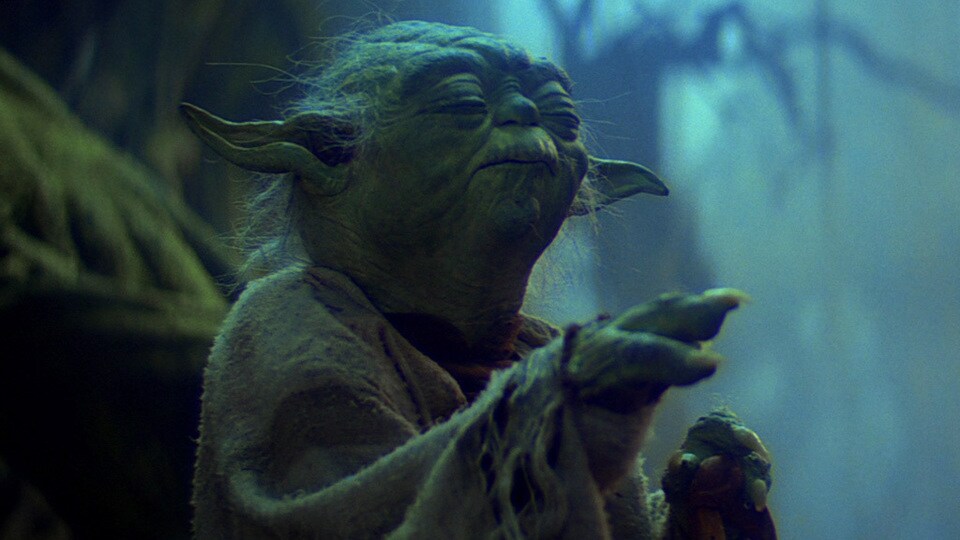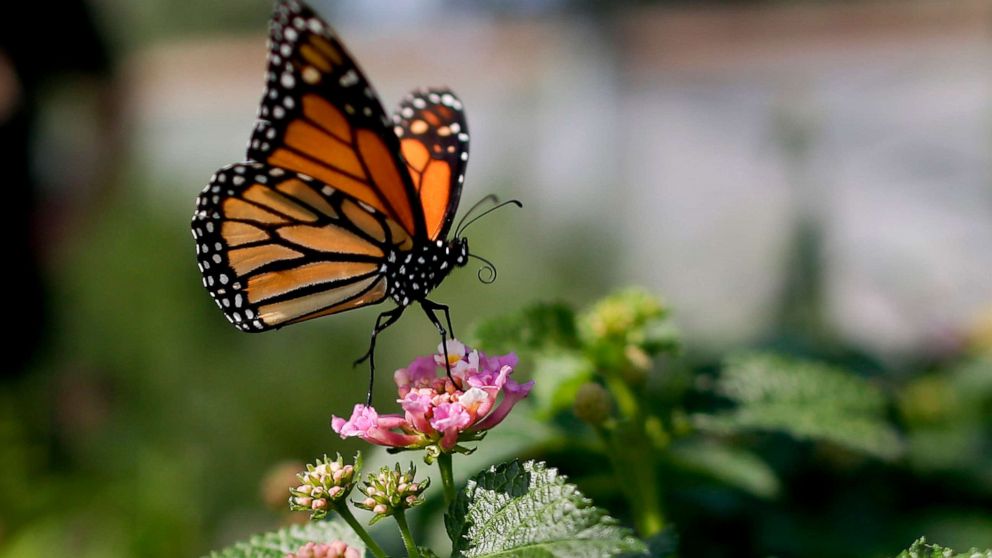
“It’s an energy field created by all living things. It surrounds us and penetrates us; it binds the galaxy together.” Obi-Wan Kenobi acquaints Luke Skywalker (and the rest of us) with the Force for the first time in Star Wars: A New Hope.
The idea of “the force “resonated with me when I was young (and now). Growing up, my family didn’t go to church, and my parents didn’t talk spirituality with us. But I felt that something was out there/in here. Many of us grew up with an organized religion, and became disillusioned with it for various reasons. And lots of us find great joy and community in practicing our faiths.
In Ayurveda, the gunas refer to the three primary qualities of energy that create all aspects of nature. The concept of the gunas is not based in religious ideology per se, but it speaks to the oneness that we all share.
The gunas are the forces of nature that are not only within us, but also around us: everywhere, everything.
The three gunas are known as sattva, rajas and tamas. The gunas are fundamental forces. They are said to manifest everything in the universe, both the tangible and the intangible (Sovik, 2021). Understanding the three gunas and how they operate can be instrumental in cutting down on stress and increasing enjoyment of life. It feels great to be in harmony with each other and with the world around us.
What is a Guna?
Guna is a Sanskrit word that translates as: quality, peculiarity, attribute, or tendency (not nebulous at all). The gunas are the three main qualities, or attributes, of nature. According to Rolf Sovik, President and Spiritual Director of the Himalayan Institute:
“The word guna literally means “strand” or “fiber” and implies that, like strands of a rope, the gunas are woven together to form the objective universe. Philosophically, the theory of the gunas explains what this universe is made of and how it came to manifest itself as mind and matter” (2021).
The three gunas are said to be in constant flux, interacting with and influencing each other in a playful (or possibly destructive) dance. The interactions of these gunas define the essential “qualities” of someone or something. This interplay affects what path life takes, how smooth the road is, and the manner in which it proceeds.

The Gunas and the Doshas: Analogous
The gunas are a similar concept to the doshas. Like the doshas, the gunas are always present in everything and everyone. Both vary in their amounts at any given time/in any given situation. And, both the gunas and the doshas can become imbalanced.
As conscious beings, we can change and manage the levels of the three gunas in our bodies and minds. This will enhance the peace and stability in our lives. A guna can be increased or decreased with, you guessed it, lifestyle choices, and also with the directing of thought.
The three gunas (sattva, rajas, & tamas), are distinct from the gunas, or attributes, of the doshas. When referring to the doshas, guṇa means one of twenty fundamental properties that anything can exhibit: heavy/light, cold/hot, unctuous/dry, dull/sharp, stable/mobile, soft/hard, non-slimy/slimy, smooth/coarse, minute/gross, viscous/liquid.
When we talk about sattva, rajas, and tamas, we are referring to the qualities of the mind. The energy that happens before stuff manifests physically. The gunas are the forces of either growth or stagnation.
The Gunas and Personal Evolution
According to Ayurveda, our minds are subtle energy fields. These energy fields are in a perpetual give-and-take with the environment around them. This means that we are constantly being affected by our environment.
We are also affected by our thoughts. Thoughts are actually energy that manifests in our physical environment. What we think about, we experience. That is, if a thought is thought often enough, it becomes reality. While we can’t always alter our external environment, we can always change our thoughts and alter our internal condition.
The gunas: “…manifest prior to matter, just as the mind is said to be prior to the body” (Sharma & Clark, 2012). They are the three energies of the mind. Therefore, if we can change our minds (thoughts), we can change our bodies, our circumstances, our lives.
Maharishi Mahesh Yogi, the teacher who brought Transcendental Meditation to the U.S. in the 1950s (which now has over 10 million practitioners worldwide) has the following to say about the Gunas:
The process of evolution is carried on by these three gunas. Evolution means creation and its progressive development, and at its basis lies activity. Activity needs rajo-guna to create a spur, and it needs sato-guna and tamo-guna to uphold the direction of the movement.

Lasting Change Requires a Process
If we want to evolve, we have to go through the process of change. For every process, there is a stage. Each stage, no matter how small in time/space/significance, needs a force to maintain it; to keep the ball rolling. And every process needs another force to move it on to the next stage.
The first stage is called the rajas stage. The rajas stage is that restless energy or spark needed to initiate a change. The next stage, or energy, is called sattva. Sattva is what gives us clarity and allows us to see things as they are. It gives us the ability to discern if we are headed in the right direction. Sattva is the “light of conscious awareness”. Sattva also provides the inspiration to grow and change. Tamas is the third force, serving to “check” the progress; to keep it at a certain pace so that we can maintain the stage we have already accomplished. Tamas gives us a stable platform to build on.
The gunas are what drive our ability to change. If we understand the gunas, we can move personal evolution along in the direction that we choose.

Sattva! Rajas! Tamas! Hey!

Each guna is associated with certain qualities. Sattva guna with “beingness and harmony”, rajas with “activity and passion”, and tamas with “darkness and chaos” (Burgin, 2019). Knowledge and understanding of the gunas can help us learn how to effectively drive our lives, instead of waiting for or allowing things to happen to us.
“…awareness of the gunas tells us whether we are genuinely moving forward in life (sattva), running in place (rajas), or losing our way (tamas)” (Sovik, 2021).
Stay tuned for an in-depth look on each individual guna and how to influence them to move life to the next level, or to keep it flowing smoothly and happily.
May the force be with you!
References
Burgin, T. The Three Gunas of Nature (Sattva, Rajas and Tamas). Yoga Basics, September 12, 2019.
Sharma, H. & Clark, C. Ayurvedic Healing. 2009. Singing Dragin, London and Philadelphia.
Sovik, R. The Gunas: Nature’s Three Fundamental Forces. Yoga International, 2021.
MW Woollaston, A Practical Grammar of the Sanskrit Language at Google Books, Edward Hall, London

What in inspiring and hopeful post! To be reminded that change is possible (necessary?) and that it happens via a process. There is patience and kindness towards one self (and others) embedded in the world view and method you have described. I find the definition of this process of change,–viewed through the eye of Ayurveda, fascinating. There is so much wisdom in taking the time to find purpose (direction: towards positive change) in life, and this is a map to how one might begin to think and sort out how to live with purpose. Wonderful. Thank you!
Thank you so much! I’m glad you liked the post…I am forever trying to change and then getting upset with myself when unable to effect a change immediately and permanently, so it helps me, too, to learn and remember that change is a process. And that change requires stages, lest we try to go soo quickly that we don’t have a steady hold/habit formed out of the change we have already effected. I’m so excited to really dive into each guna and see how they work, so that feelings and reactions may be understood in this context, and change can be made easier. Love it! Thanks for reading, I so appreciate it.